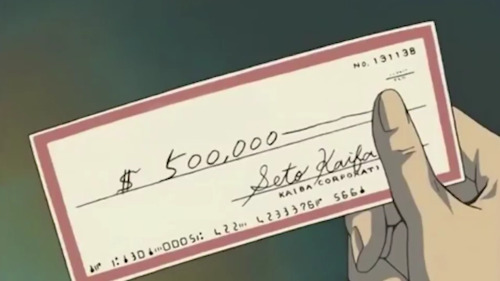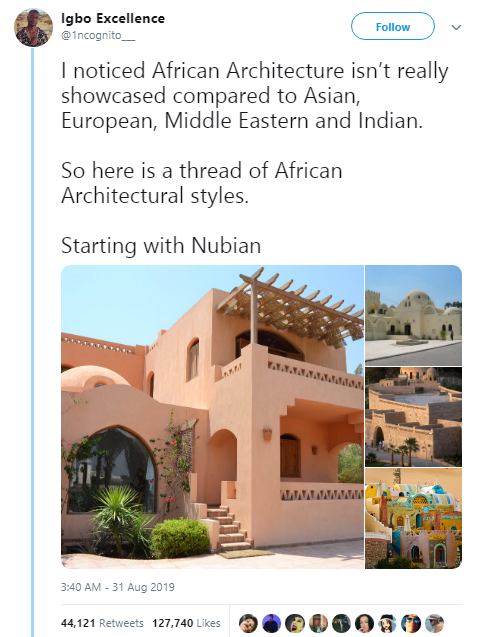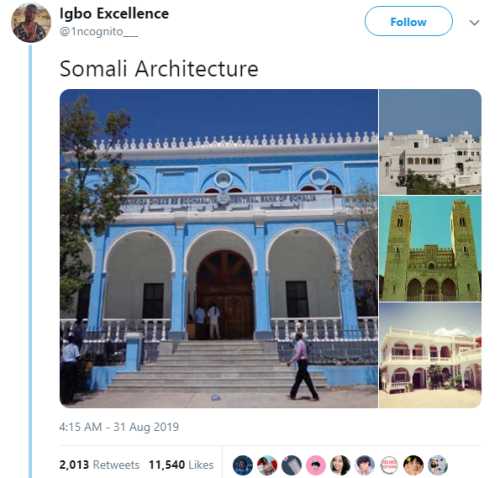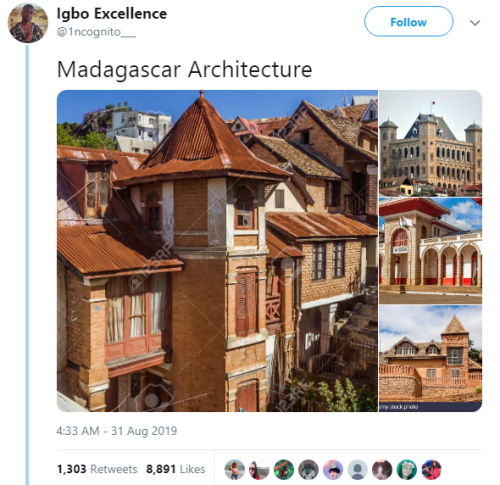Princess Tutu And Grand Narrative
Princess Tutu and Grand Narrative

Once upon a time, there was a clumsy school girl granted the power to transform into the magical ballerina Princess Tutu.
“Once upon a time” is a familiar phrase used to connect stories that take place in lands distant and times different from one another into the same fairytale world. Each episode of the anime Princess Tutu begins with this familiar phrase and then proceeds to tell a story both known and new, where Hans Christian Anderson’s Ugly Ducking becomes Odette, the Swan Queen, from Swan Lake, thanks to the magic of the mysterious Drosselmeyer, who bares a striking resemblance to the character of the same name from The Nutcracker. Princess Tutu is not just a retelling of a handful of fairy tales, it’s an adaptation of stories across literature, ballet, opera, and of course, anime. Each piece of Princess Tutu’s narrative belongs to worlds larger than its own. The series challenges paradigms about typical narrative creation by weaving together multiple “grand narratives”.
While working as an editor for Kadokawa Shoten in the late 80s, Otsuka Eiji wrote a paper called “World and Variation: The Reproduction and Consumption of Narrative” in which he explains the idea of the grand narrative. An individual story only gives the audience a small glimpse into that wider world that the story is set in. This wider world is full of countless narratives told from countless perspectives that make up the grand narrative. Eiji uses the Gundam franchise to illustrate this concept where any given episode of the anime is a small snapshot of narrative within the larger universe(s) Gundam takes place in. Eiji explains, “Countless other [stories] could exist if someone else were the main character.”
Everyone is the main character of their own story. But most of these stories that make up the grand narrative of a world are hidden from view. It’s impossible to tell every story at once and have it be comprehensible. Instead we can only consume small bite-sized narratives that give us a snapshot of the (hopefully) interesting parts of a protagonist’s life. But who, exactly, is controlling these smaller narratives? This is a question faced by the characters of Princess Tutu.
The concept of shifting protagonists and expanding the audience’s view into the grand narrative heavily ties into Princess Tutu’s premise. The anime’s story is catalyzed by Drosselmeyer, the author of a fictitious book called The Prince and The Raven. The book’s ending is a stalemate between the titular characters so Drosselmeyer decides to promote the minor character of Princess Tutu to the role of main character to help the story move forward.
As you can probably tell by the name, Princess Tutu is heavily influenced by ballet. One of the show’s more significant influences is Swan Lake. Through the anime’s re-purposing of Swan Lake’s Odette as a magical girl, Princess Tutu continues to uphold ballet’s tradition of adapting the story for its own purposes.

Princess Tutu and Odette
The basic story of Swan Lake is about a prince falling in love with a girl cursed to be a swan from sunrise to sunset by an evil sorcerer. The sorcerer tricks the prince into confessing his love for his daughter, Odile, instead of the swan girl thus dooming the swan girl’s chance at true love and breaking the curse.
Amanda Kennell, an American scholar, outlines in her paper “Origin and Ownership from Ballet to Anime” Swan Lake’s production history and the evolution of the ballet’s narrative. The original staging in 1877 had the story end with the villain going unpunished and the two lovers drowning in a flood. In a revival staging from 1895 the villain was defeated and the two lovers reunited in heaven after throwing themselves into a lake. In a single scene production called The Magic Swan from the 1940s, the iconic “black swan” was introduced setting the precedent for the same ballerina to play the role of Odette and Odile in striking white and black costumes. And finally, another staging in 2006, not only adopted the White and Black Swan motif, but also changed the ending once again so that the prince kills the villain and he and Odette live happily ever after.
Despite each staging of the classic having significant differences, none of the variations are cast away as counterfeits. The value of the production isn’t in how close it is to the original Swan Lake but instead in the relative merit of each variation. In fact, it doesn’t really matter which you consider “the original” where the additions made by each carry their own merit and add to Swan Lake’s grand narrative. In this same regard, it would be acceptable to consider Princess Tutu another variation on the world of Swan Lake’s grand narrative.
There is terminology for this phenomenon in Kabuki theater. Eiji points out in his paper the similarities between the concepts of Sekai (world) and Shukou (plot) from Kabuki theater and his ideas of the grand narrative and the smaller narratives.
In Kabuki, Sekai represents the world a story takes place in and Shukou represents the story that is a product of that world. Each staging of a Kabuki play is its own Shukou derived from either a single Sekai or the mixing of Sekai. What matters in creating a good performance is not necessarily conveying the Sekai but instead the relative merit of the Shukou’s take on things. No performance is exactly the same and different actors bring different strengths to a performance and in turn provide a different experience for the audience’s entertainment. This of course carries over to more art forms than just Kabuki, classic ballet is in a similar position where entire songs are sometimes re-choreographed just to match the strengths of an individual ballerina. Ballet in particular has a long tradition of making minor and major changes to suit an individual performance. Whether it be tweaking choreography or straight up giving the story a different ending. The evolution of Swan Lake’s production is an excellent example of how productions of what are considered to be the same story can dramatically vary.
But Princess Tutu borrows from more stories than just Swan Lake. This brings us back to Kabuki and the idea of mixing Sekai in order to create another Shukou.
Princess Tutu takes pieces of classic stories and rearranges them to create something simultaneously familiar and completely new. Princess Tutu is not forging a new Shukou from only Swan Lake’s Sekai, but instead is connecting the canon of European literature and performing arts together into an even more extensive grand narrative.
Just look at the series’ opening for example, where Swan Lake and The Nutcracker are intertwined with one another as the anime’s titular character is dressed in the ballet costume of Odette and dances to The Nutcracker’s Flower Waltz to simultaneously combine the worlds of two ballets while producing an entirely new moment unique to the Princess Tutu anime.
The anime ends on the implication that if one person tries to control a story and the grand narrative it’s connected to, that person will fail. Princess Tutu is an excellent reminder of how stories are dynamic. Stories end up taking on a life of their own evolving, expanding and being reworked by both creators and consumers.
Eiji explains that once the consumers feel they have a grasp on the grand narrative they are free to produce their own small narratives from it. This is exactly how its creators forged Princess Tutu from the grand narrative of classic literature and performing arts. Just as mangaka can’t help it if a doujinshi adds to the narrative of their original story, Travosky can’t control the new life his ballets have taken on in Princess Tutu. Stories will take on a life of their own, abandon the need for an original and become a part to a larger grand narrative to be consumed and reworked over and over.
More Posts from Writingwickedwitch and Others
This is such an awesome analysis!
How to use in-betweens and arcs: A study of Rue and Duck’s pas-de-deux in “Princess Tutu”
This is based on a little talk I gave to students during a one-week animation crash course at Cambridge a few months ago. The project was to create a character and animate it performing a simple looping dance. I first briefed them on the very beginnings of the process, looking at reference and collecting research materials to inform their creative choices, and explained and demonstrated the basic tools they needed to use, including keyframing, in-betweening, and timing. Then I showed them this clip from Princess Tutu on the morning before they actually started drawing their animations.
I used this bit in particular because I thought it was a really accessible way to demonstrate a key difference between communicating with moving image compared to still image. While many of the same principles apply (in particular, to your keyframes, which I’d already done my best to drum into them), the in-betweens can carry a lot of weight and really change how the action reads.
Keep reading
Some words to use when writing things:
winking
clenching
pulsing
fluttering
contracting
twitching
sucking
quivering
pulsating
throbbing
beating
thumping
thudding
pounding
humming
palpitate
vibrate
grinding
crushing
hammering
lashing
knocking
driving
thrusting
pushing
force
injecting
filling
dilate
stretching
lingering
expanding
bouncing
reaming
elongate
enlarge
unfolding
yielding
sternly
firmly
tightly
harshly
thoroughly
consistently
precision
accuracy
carefully
demanding
strictly
restriction
meticulously
scrupulously
rigorously
rim
edge
lip
circle
band
encircling
enclosing
surrounding
piercing
curl
lock
twist
coil
spiral
whorl
dip
wet
soak
madly
wildly
noisily
rowdily
rambunctiously
decadent
degenerate
immoral
indulgent
accept
take
invite
nook
indentation
niche
depression
indent
depress
delay
tossing
writhing
flailing
squirming
rolling
wriggling
wiggling
thrashing
struggling
grappling
striving
straining

Reblog the 500,000 dollar written check from Seto Kaiba and money will come your way.
Today’s my 22 birthday!
I'm so excited to read this! Do you want a queer, racially diverse, plus size friendly, and all around loving adaptation of Nancy Drew in comic form? Check it out! If you don't have a comic shop to hop to you can purchase this comic digitally from Amazon or Comixology!
Dynamite Entertainment has announced a new series, Nancy Drew, by Kelly Thompson and Jenn St-Onge. The teen sleuth’s latest daring adventure debuts in June, with cover variant artwork by the astonishing assemblage of Tula Lotay, Marguerite Sauvage, Annie Wu, and series artist Jenn St-Onge.
In the new series, Nancy Drew is seventeen and good at everything… especially solving crimes. But her totally-in-control-and-obviously-running-perfectly-smooth-(but-not-really) life hits a snag when a mysterious message drags her back to the hometown she left behind. There she’ll have to find out which of her friends are still her friends, which are enemies, and who exactly is trying to kill her…and (hopefully) stop them before they succeed. Nancy, the classic master teen mystery-cracker, will be shown in a way you’ve never seen before, by a creative team with a huge respect for the original tales, and what she could mean for a modern audience.
Kelly Thompson and Jenn St-Onge Plot New Adventures for Nancy Drew #comics Dynamite Entertainment has announced a new series, Nancy Drew, by Kelly Thompson and Jenn St-Onge…
#chain meme

‘In 1778, two Irish gentlewomen put on men’s clothing and ran away together. Lady Eleanor Butler had received several offers of marriage but was determined to share her life with her friend Sarah Ponsonby. […] They spent the rest of their lives in a black and white house called Plas Newydd outside Llangollen, cultivating their garden, improving their minds and filling the house with clocks, cabinets and “whirligigs of every shape and hue”. [They also had] a little dog called Sapho.’
-
 yesherewegoagainstuff reblogged this · 1 month ago
yesherewegoagainstuff reblogged this · 1 month ago -
 yesherewegoagainstuff liked this · 1 month ago
yesherewegoagainstuff liked this · 1 month ago -
 bpdnanaseharuka liked this · 2 months ago
bpdnanaseharuka liked this · 2 months ago -
 jahma69 liked this · 10 months ago
jahma69 liked this · 10 months ago -
 situpuput liked this · 11 months ago
situpuput liked this · 11 months ago -
 ur-crusty-uncle liked this · 1 year ago
ur-crusty-uncle liked this · 1 year ago -
 marianorth12 liked this · 1 year ago
marianorth12 liked this · 1 year ago -
 mavapao liked this · 1 year ago
mavapao liked this · 1 year ago -
 bakuhal reblogged this · 1 year ago
bakuhal reblogged this · 1 year ago -
 bakuhal liked this · 1 year ago
bakuhal liked this · 1 year ago -
 carleypie liked this · 2 years ago
carleypie liked this · 2 years ago -
 doppioslash liked this · 2 years ago
doppioslash liked this · 2 years ago -
 opalescentegg liked this · 3 years ago
opalescentegg liked this · 3 years ago -
 daniifanz reblogged this · 3 years ago
daniifanz reblogged this · 3 years ago -
 daniifanz liked this · 3 years ago
daniifanz liked this · 3 years ago -
 secondhandsunshine liked this · 3 years ago
secondhandsunshine liked this · 3 years ago -
 dontheckinswear liked this · 4 years ago
dontheckinswear liked this · 4 years ago -
 vi-ta-min-wa-ter liked this · 4 years ago
vi-ta-min-wa-ter liked this · 4 years ago -
 straberypinkpluto reblogged this · 4 years ago
straberypinkpluto reblogged this · 4 years ago -
 straberypinkpluto liked this · 4 years ago
straberypinkpluto liked this · 4 years ago -
 dokofae reblogged this · 4 years ago
dokofae reblogged this · 4 years ago -
 dokofae liked this · 4 years ago
dokofae liked this · 4 years ago -
 literallyatree liked this · 4 years ago
literallyatree liked this · 4 years ago -
 witchysolfan liked this · 4 years ago
witchysolfan liked this · 4 years ago -
 lilyrockerlove reblogged this · 4 years ago
lilyrockerlove reblogged this · 4 years ago -
 lilyrockerlove liked this · 4 years ago
lilyrockerlove liked this · 4 years ago -
 demigodseameg16 reblogged this · 4 years ago
demigodseameg16 reblogged this · 4 years ago -
 demigodseameg16 liked this · 4 years ago
demigodseameg16 liked this · 4 years ago -
 sofftbees liked this · 4 years ago
sofftbees liked this · 4 years ago -
 notbabycupid liked this · 4 years ago
notbabycupid liked this · 4 years ago -
 faeriexqueen reblogged this · 4 years ago
faeriexqueen reblogged this · 4 years ago -
 faeriexqueen liked this · 4 years ago
faeriexqueen liked this · 4 years ago -
 darkwolfrisings liked this · 4 years ago
darkwolfrisings liked this · 4 years ago -
 small-star-angel reblogged this · 4 years ago
small-star-angel reblogged this · 4 years ago -
 doonil-chan liked this · 4 years ago
doonil-chan liked this · 4 years ago -
 sunburstfashion liked this · 4 years ago
sunburstfashion liked this · 4 years ago -
 joyteon liked this · 4 years ago
joyteon liked this · 4 years ago -
 snowelysium liked this · 4 years ago
snowelysium liked this · 4 years ago -
 voltronauta reblogged this · 4 years ago
voltronauta reblogged this · 4 years ago -
 redheadroine reblogged this · 4 years ago
redheadroine reblogged this · 4 years ago -
 redheadroine liked this · 4 years ago
redheadroine liked this · 4 years ago -
 sylvainjosegautier liked this · 4 years ago
sylvainjosegautier liked this · 4 years ago -
 tossacointoyourbard liked this · 4 years ago
tossacointoyourbard liked this · 4 years ago
22/Bisexual/ Autistic/ ADD/ Dyspraxia/Dysgraphic/ She and her pronouns/ Pagan/intersectional feminist
223 posts













